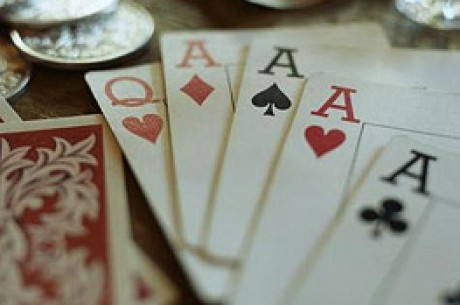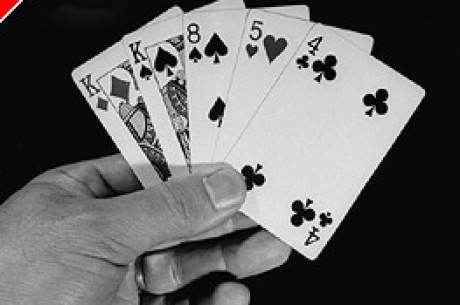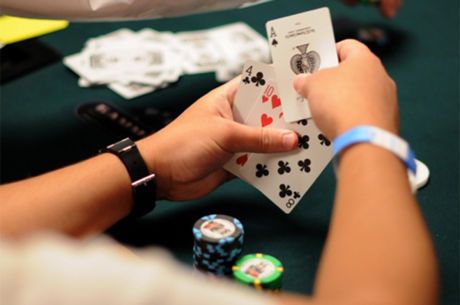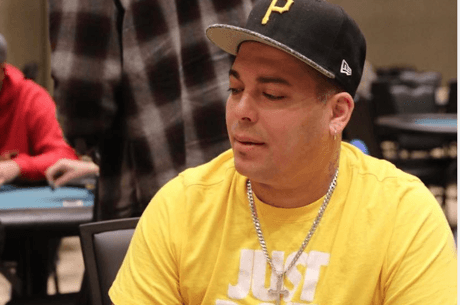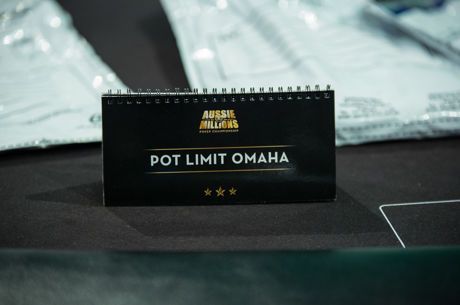Introduction to Omaha Part VI - Starting Hands - Middle Straights
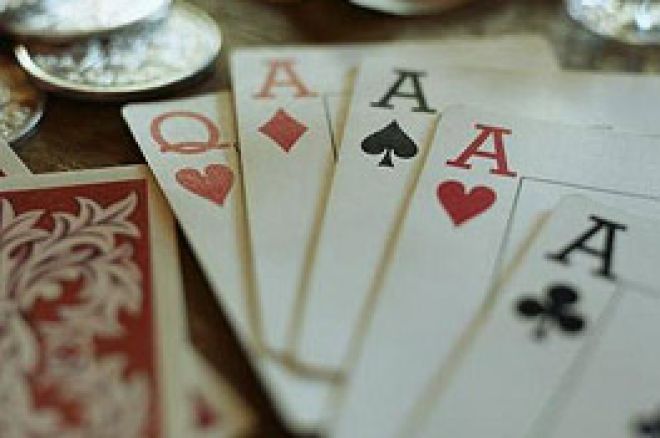
Tony is a regular on-line player living in England. He mostly plays Texas Hold'em and Omaha (High and Split) at fixed, pot and no limit, at both cash and tournament tables. Tony says: "I generally stick to lower stakes games because there is money to be made without excessive risk to your bankroll. Many players I come up against at these levels are not schooled in poker strategy and the truth is they are giving away money, either through ignorance of strategy or misplaced aggression. If you have a limited bankroll, you should be conservative and choosy but the pickings are there. These articles are written to prevent you becoming one of the hunted."
Introduction
Last time, I discussed the minimum starting hands you should aim for in a fixed limit game of Omaha High when you are dealt premium pairs amongst your four hole cards. That highlighted the desirability to have related cards with your high pair. Such a relationship would ideally form a potential draw for a straight or flush.
It would be wrong to assume this is all you can do to play a careful game. It would be a little tedious to do nothing more than wait for AAxx, KKxx or QQxx and then only play when the other two cards are closely related in rank or suit.
Omaha is a drawing game because you have four cards to choose from and this opens up an array of possible hands with the right flop. As I have said before, you want a close relationship between the four cards but that doesn't mean they have to be high cards.
Smart and Presentable in the Ranks
I would consider opening the betting if I receive a sheaf of low to middle cards but they have to be inter-related and ideally consecutive. Two examples of cards with betting potential are:
9 8 7 6
J T 9 7
What you are seeking with these is a flop with cards that combine with yours to give you a nut straight immediately, or a draw for a nut straight, or a combination of this and full house draws. These examples ignore suit which is a secondary consideration for the purpose of this discussion. Double suited hands simply give you additional chances of making a flush hand.
Straight Talking on the Flop
Take the first of the examples, 9 8 7 6;
Down comes the flop of 8 5 4 of different suits.
At this moment, before the turn and river cards, you have the nut 8-high straight. You can only be tied by someone else with both a 7 and a 6 in their hole cards. In limit poker, it would be wrong to slow-play these cards. You want to raise and lose as many hangers-on as you can. You probably won't lose many players in the limit game so you might as well make them pay for the privilege of seeing what you are happy to raise with.
Middle and low ranking cards can be easily out-ranked with a nasty combination of higher cards so you do not want to let in the raggy hands that people see a flop with. Someone with Ts 9d 3d 3c might call a basic bet just to see if they can catch another 3 or perhaps a 7 or J to give themselves some draws for a straight. If you raise before the turn, they may be less keen on the idea of staying in knowing it might cost them an expensive bet on the turn if they do catch a draw.
Thinking on the Turn
Having hit nut straight in this example, you now know that any card from A, K, Q, J, T, 9, 7, 6, 3 and 2 (37 cards from 45 unseen) can fall on the turn and still not move your hand off the nuts (you might need a few minutes to picture the outcomes of each in your head). Only a 4, 5 or 8 will possibly put you behind simply because each of them pairs the board opening up full house possibilities for someone else (eg, someone holding Q J 5 5 will have a full house 5's over 4's if a second 4 hits the turn). If someone did hit a set on the flop, they may already have raised and betrayed their hand to you. You can then consider your next move accordingly.
Any turn card may bring someone closer to a good draw, be it a flush or a higher straight. Say someone holds J T 7 2. The flop of 8 5 4 will mean that a Q, J, T or 9 will give them a draw to a higher nut straight. Even so, consider the odds. You had a 37/45 (82%) chance of maintaining the nut hand after the turn. The other guy has only 4xQ, 3xJ, 3xT, 4x9 from his own perspective to hit on the turn (in fact you have one of the 9's which you therefore know is working for you and against others). This is a 14/44 (32%) chance and that is only to give him a draw for a higher straight. He is then odds against at the river to complete the straight.
Therefore, hitting nut straight on the flop where you hold the higher end of the straight in your hand is a very strong proposition for you and you should bet it out strongly with raises to protect yourself against limpers.
Sweet Wrapper
The second hand, J T 9 7 is just as strong but in this case it is preferable if an 8 is amongst the flop cards. Here, a flop of Q 8 6 is very good news. It looks harmless to other players because no straight can be made already so players with 2 pair or a set will be betting strongly. You can be confident of showing strength at the cheap level of betting after the flop and perhaps raise. This will make others think twice before raising on the turn and allow you the chance to see both turn and river for a draw.
The reason for your strong stance here is that your hole cards fall into and around the cards on the flop. You have what is called a wrap. Now you can hit any of a J, T, 9, 7 or 5 (16 cards from 45 = 35%) on the turn for the nut straight. Although this is odds-against, it will certainly be a good value bet because the cost of the bet as a proportion of the money in the pot will be a smaller percentage figure. You will be getting good "pot odds".
Even if you miss, any low card that doesn't pair the board may be harmless unless it makes someone a low straight. That person may raise before the river but you should still call. You still have a 35% chance to trump them on the river and your pot odds in a multi-handed fixed limit table will be good for the bet.
If you hit your nut straight on the turn with a high card, say the 10, this could open someone else up with a draw to a straight to beat you. Someone holding A K Q 8 might still be betting and now they need a J to complete top straight in addition to a Q or 8 for the full house. From that person's perspective, there are only two Q's, two 8's and four J's unseen (he won't know you have one of the J's) so there is a chance on the river of 8/44 (18%) for him to beat you, in his view. He might not even have pot odds to call, but it is likely he will call. The odds are still very much with you.
Conclusion
Playing middle-ranking consecutive hole cards can be rewarding because, with the right kind of flop (ie, the flop cards should be at the low end of the straight), you can find yourself a strong odds-on favourite to win the hand and have several donors building the pot for you. They bet because the flop will include low cards which will not scare them off if they are holding a big pair or a set.
When you have the advantage, try to get rid of the junk-holders by raising. What you want are players with high cards following you in. They have a strong pair and maybe even a set but they won't beat your hand most of the time if you have flopped a nut straight to the low side of your hole cards.
Having established a good hand at the flop, playing it through the turn and river will feel scary because of the higher straights that can be made by others. Whilst that possibility exists, what I hope the above has shown you is that you will usually have the odds of winning stacked in your favour over a period of time. Where this is so, you should bet with confidence.
This article has considered straights in isolation. The strategies discussed can always be undone by a flush or a full house. Next time, I will take a closer look at how flushes play their part in Omaha High.
Exorcism
12 May 2005
Please visit our online poker room directory to see the best bonuses on the web!

